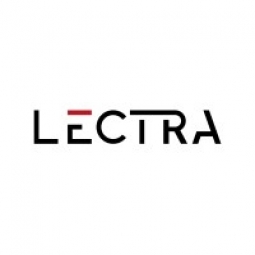Lectra
Case Studies
Desir├®e Streamlines Design While Preserving Artisanship with LectraŌĆÖs Designconcept 3D
Overview
 |
Desir├®e Streamlines Design While Preserving Artisanship with LectraŌĆÖs Designconcept 3DLectra |
Functional Applications - Product Lifecycle Management Systems (PLM) Analytics & Modeling - Predictive Analytics | |
Product Research & Development Quality Assurance | |
Virtual Prototyping & Product Testing Predictive Quality Analytics | |
Software Design & Engineering Services System Integration | |
Operational Impact
| The process of creating a new product and making adjustments has become much easier. It allows the company to experiment with an array of design options without the effort, materials, and production capacity required to actually produce them, making the kind of initiative design decisions already in the companyŌĆÖs DNA flourish. | |
| Today, 40% of D├®sir├®eŌĆÖs products are sold in Italy the remaining 60% in Europe and other parts of the world. The company designs, develops, and produces many collections, each with its own flair. At any point in time, it will be producing around 30 different sofa designs, 20 seats and chairs, 15 beds, and a dozen miscellaneous pieces. New collections are introduced roughly at the same rate that older designs are retired. | |
| Most impressively, because of the use of DesignConcept 3D technology and other innovations, it takes just eight to ten months before a new design enters into production. The software allows for virtual prototyping, so that D├®sir├®e can model prototypes, offer variations quickly and easily, and accelerate the course of production. | |
Quantitative Benefit
| Combined, the changes helped a company with sales of Ōé¼750,000 in 1995 turn into one with total revenues of Ōé¼8.5 million. | |
| The number of employees grew from 30 to 40ŌĆömeaning that because of the changes at D├®sir├®e over the last 15 years, staff grew by a third while sales boosted an average of 18% per year. | |
| They help save time; they help make more efficient acquisitions. We save all around, maybe 20 or 30 percent on costs, while still finding it easier to innovate. | |


